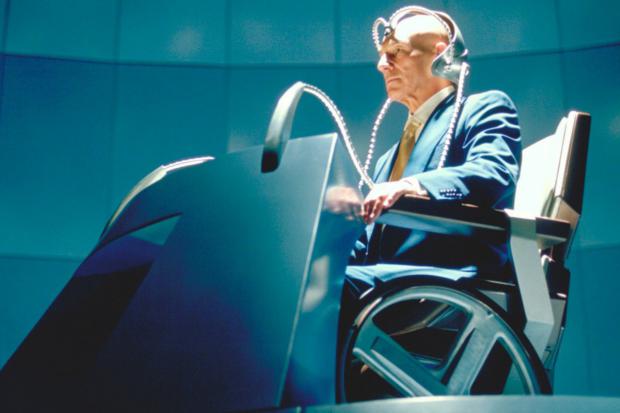
Breaking News
 The Fed's Pivot: The Return of Easy Money and the Inflation Storm Ahead
The Fed's Pivot: The Return of Easy Money and the Inflation Storm Ahead
 This One-Person eVTOL Will Soon Offer Bird's-eye Views of Las Vegas
This One-Person eVTOL Will Soon Offer Bird's-eye Views of Las Vegas
 Emergency Update: Steve Slepcevic Reports Live on Hurricane Melissa's Devastation in Jamaica
Emergency Update: Steve Slepcevic Reports Live on Hurricane Melissa's Devastation in Jamaica
Top Tech News
 Graphene Dream Becomes a Reality as Miracle Material Enters Production for Better Chips, Batteries
Graphene Dream Becomes a Reality as Miracle Material Enters Production for Better Chips, Batteries
 Virtual Fencing May Allow Thousands More Cattle to Be Ranched on Land Rather Than in Barns
Virtual Fencing May Allow Thousands More Cattle to Be Ranched on Land Rather Than in Barns
 Prominent Personalities Sign Letter Seeking Ban On 'Development Of Superintelligence'
Prominent Personalities Sign Letter Seeking Ban On 'Development Of Superintelligence'
 Why 'Mirror Life' Is Causing Some Genetic Scientists To Freak Out
Why 'Mirror Life' Is Causing Some Genetic Scientists To Freak Out
 Retina e-paper promises screens 'visually indistinguishable from reality'
Retina e-paper promises screens 'visually indistinguishable from reality'
 Scientists baffled as interstellar visitor appears to reverse thrust before vanishing behind the sun
Scientists baffled as interstellar visitor appears to reverse thrust before vanishing behind the sun
 Future of Satellite of Direct to Cellphone
Future of Satellite of Direct to Cellphone
 Amazon goes nuclear with new modular reactor plant
Amazon goes nuclear with new modular reactor plant
 China Is Making 800-Mile EV Batteries. Here's Why America Can't Have Them
China Is Making 800-Mile EV Batteries. Here's Why America Can't Have Them
Pentagon Research Could Make 'Brain Modem' a Reality

The Pentagon is attempting what was, until recently, an impossible technological feat—developing a high-bandwidth neural interface that would allow people to beam data from their minds to external devices and back.
That's right—a brain modem. One that could allow a soldier to, for example, control a drone with his mind.
This seemingly unlikely piece of technology has just gotten a lot less unlikely. On Feb. 8, the Defense Advanced Research Projects Agency (DARPA)—the U.S. military's fringe-science wing—announced the first successful tests, on animal subjects, of a tiny sensor that travels through blood vessels, lodges in the brain and records neural activity.
The so-called "stentrode," a combination stent and electrode, is the size of a paperclip and flexible. The tiny, injectable machine—the invention of neurologist Tom Oxley and his team at the University of Melbourne in Australia—could help researchers solve one of the most vexing problems with the brain modem: how to insert a transmitter into the brain without also drilling a hole in the user's head, a risky procedure under any circumstances.

 Handicapped America
Handicapped America China Innovates: Transforming Sand into Paper
China Innovates: Transforming Sand into Paper

